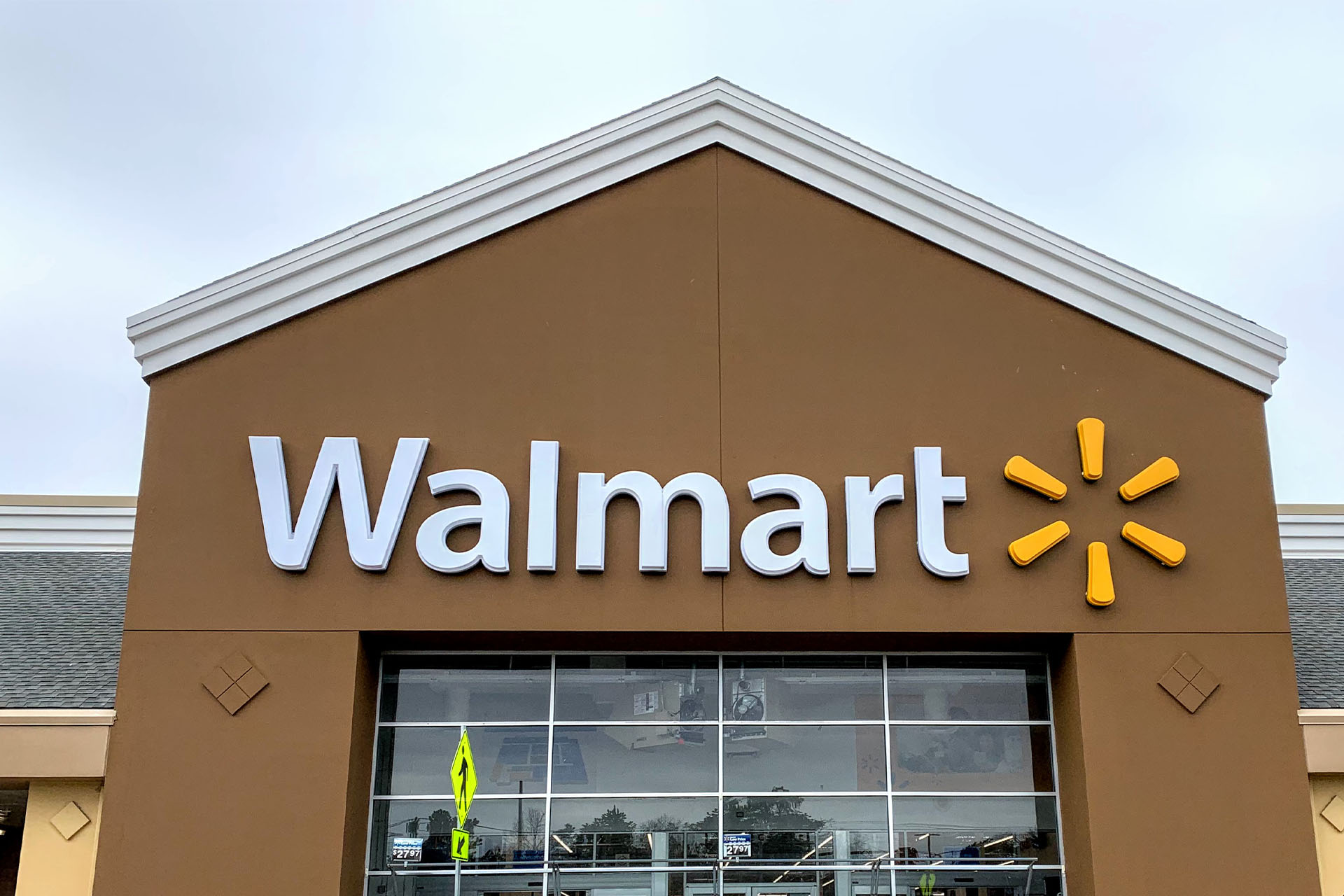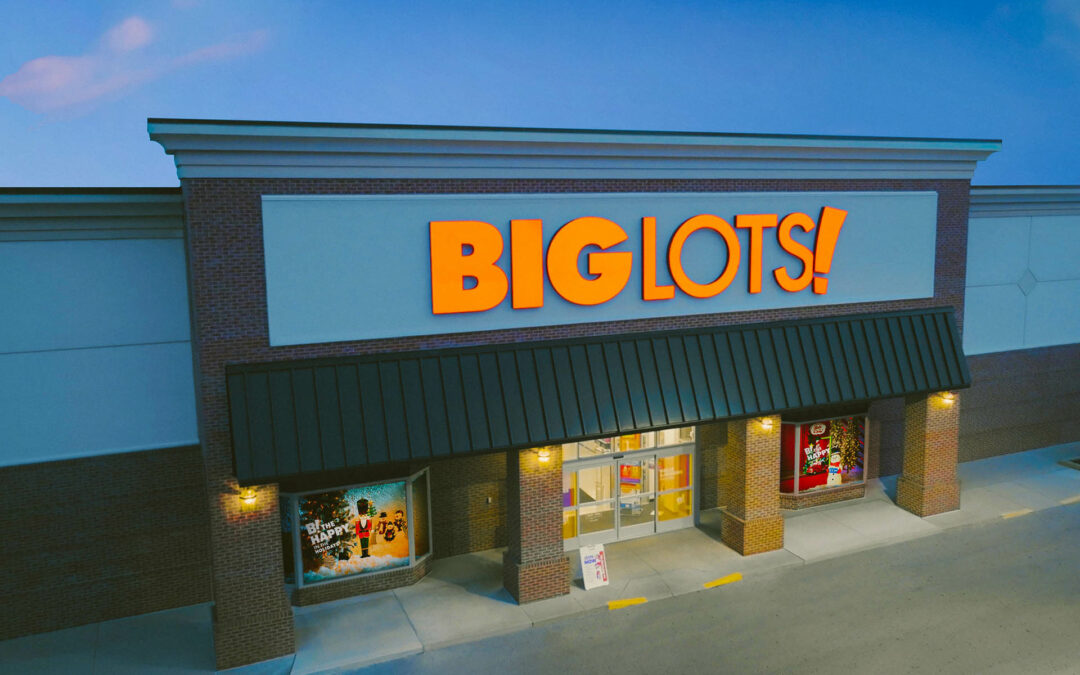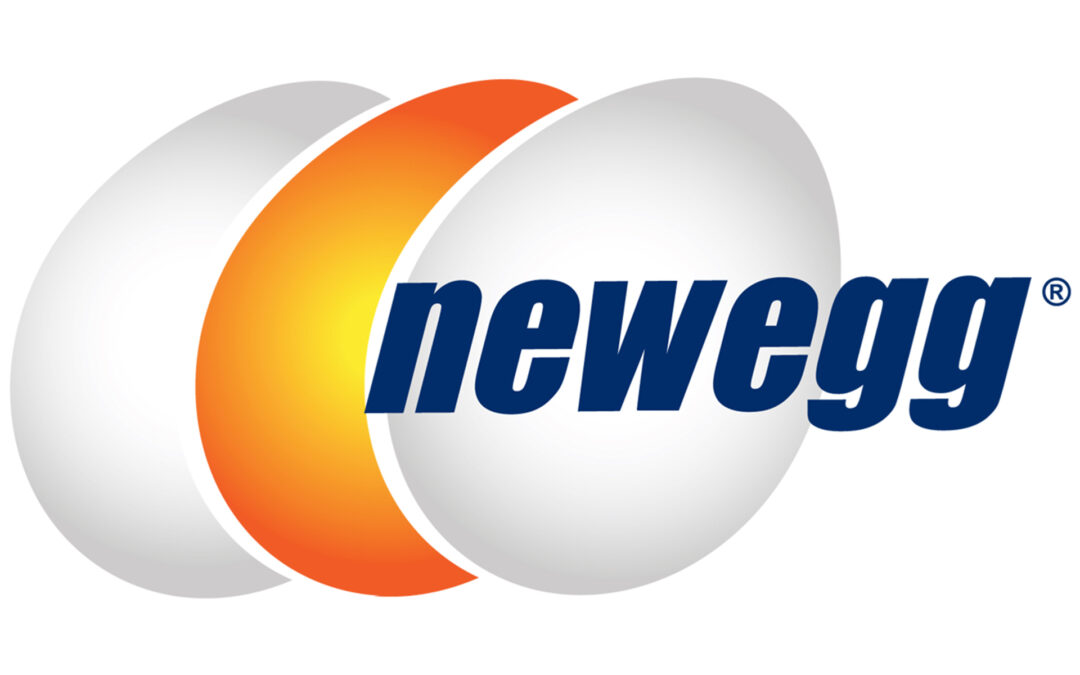Cheryl Ainoa, Walmart senior vice president, new businesses and emerging technology, took to LinkedIn to announce a new wrinkle to the retailer’s artificial intelligence (AI) efforts.
In the latest LinkedIn communication, Ainoa said Walmart has developed a culture that encourages experimentation and that Generative AI is a technology that the retailer is testing. Walmart has launched. The Walmart GenAI Playground, an early-stage internal GenAI tool that gives the company’s employees a place where they can explore and learn about the technology while keeping the business and its data safe.
Walmart will include various GenAI models in the “playground” space, allowing employees to experience the difference in how each model reacts to the same prompts.
In the March post, Ainoa noted Walmart will use AI to address the consumer shift from “with” to “for.” The company has been developing conversational AI capabilities for the past several years, Ainoa pointed out, which have evolved into a multi-layered solution that spans several areas of business to support customers, members, employees and marketplace sellers, among others.
Walmart is looking at conversational AI as a way of allowing customers to shop as fast as they can talk and text. It has leveraged natural language understanding to improve Walmart’s chatbots and, so reduced millions of customer contacts by immediately assisting customers with simple questions about the status of an order, returns and other functions, Ainoa stated, enabling agents to focus on assisting customers with more complex queries.
The company also has developed “Ask Sam,” a voice assistant for in-store employees that helps them locate items, access store maps, look up prices, view sales information, check messages and perform more functions by verbally asking it questions such as, “What aisle is hand soap located in?” or “Who is in the apparel department today?”
As Walmart continues to develop its application of AI, Ainoa maintained, shopping interfaces will become easier to use and available across multiple devices, even as touchpoints become more personalized.





